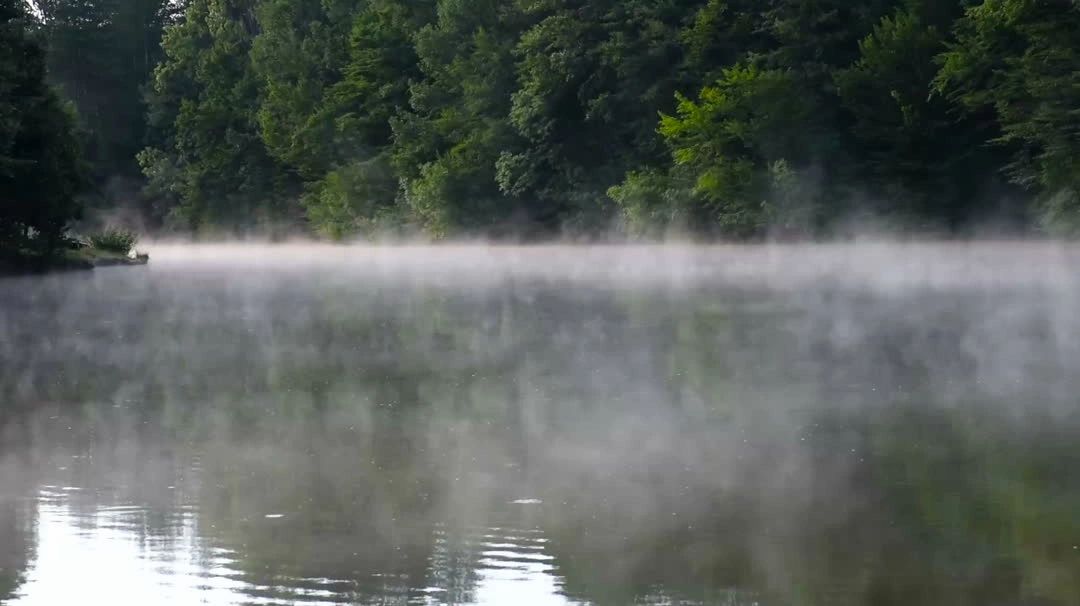1. Paddle on opposite sides of the boat. This will prevent your canoe from rocking and make the boat more stable. For increased stability, kneel if you’re in rough water, or trying to gain ground in a headwind.
2. Paddle in sync with your partner. Find your rhythm. The front paddler should set the pace. The back paddler should match tempo, ensuring you are maximizing your forward momentum. Call a “switch” regularly to change sides, which will help keep your boat going in a straight line.
3. Keep your paddle shaft vertical. A vertical paddle shaft will ensure that the blade of your paddle is vertical during the power phase of your stroke – maximizing forward propulsion each time.
4. Wear your darn PFD. Safety is our top priority. Statistics show the use of personal flotation devices can drastically reduce paddle sport related drownings.
5. Dress for the water temperature, not the air temperature. Consider this sobering statistic: a person dressed in street clothes has a 50% chance of swimming 50 yards in 50-degree water. Hypothermia is the real killer – zapping core temperature and compromising motor control.
6. Know your limits. Novice paddlers typically cover about 2 mph on flat water. Experienced paddlers looking for a workout can cover 3-3.5 mph. Anticipate what river current might do to your speed and itinerary.
7. Sunscreen in all the right places. Sun reflected off the water will burn in some unlikely places – including under your nose and the back of your ears. A wide brimmed hat and sunglasses on a keeper cord will keep those expensive glasses where they need to be and add to your sun protection.
8. Practice safety. If you are paddling solo, paddle close to shore. Don’t be farther away from shore than what you know you can swim with your boat full of water. Never stand up in the canoe unless you are next to shore exiting the boat. Make sure your boat is secure, then place one foot out of the boat. Then, swing your other out for stability. If you are paddling with a partner, make sure they hold the boat in position for the first person to exit safely.
9. Beware and Avoid strainers. Strainers consist of fallen trees, debris, etc., in the river and along the shores. Liquids like water can flow in and out. Solids, like you, go in but do not come out.
10. Pack something fun along for a little floating flair. In addition to ample water, consider packing snacks, lunch, and extra chocolate.


